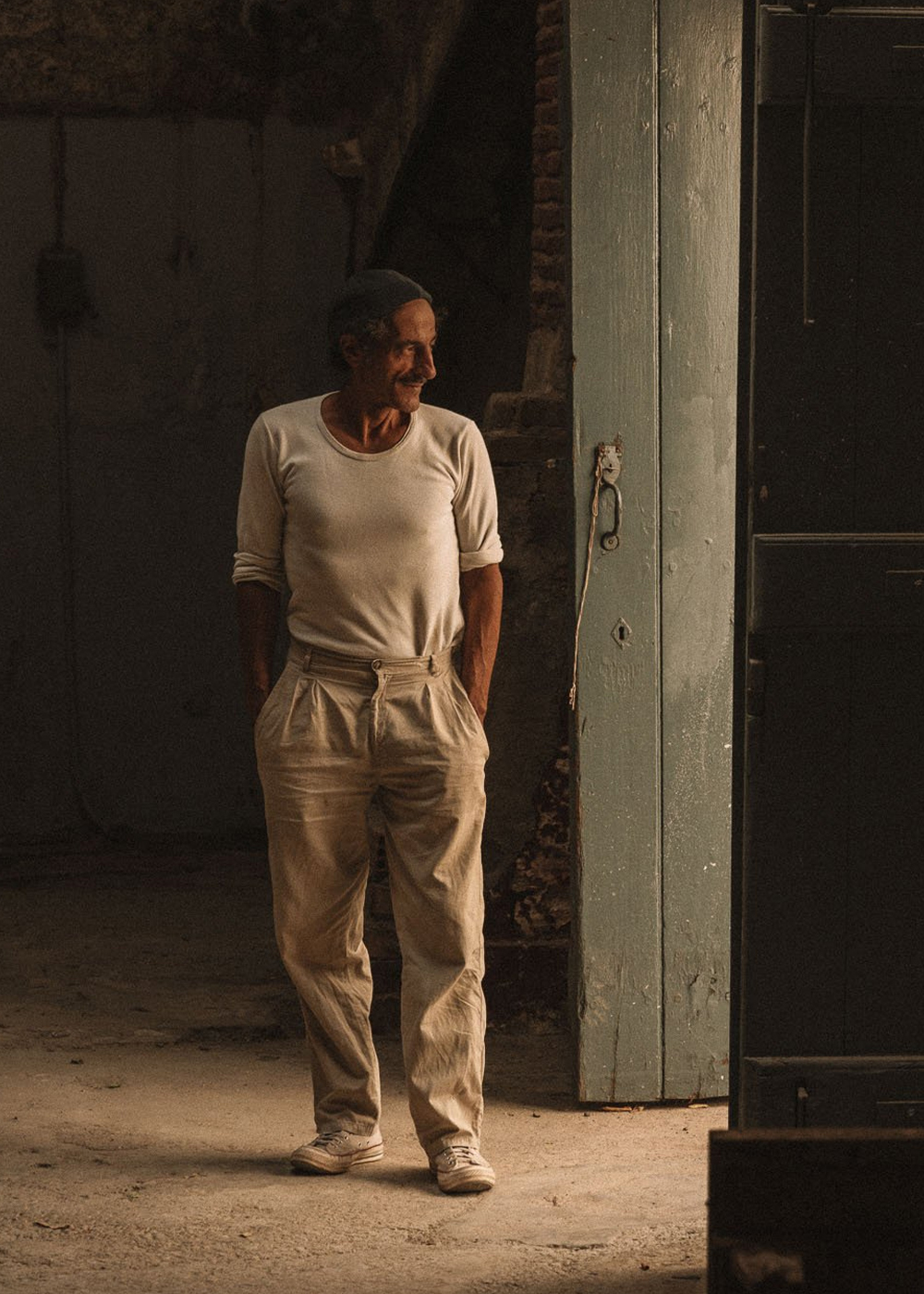Theodore Psychoyos was born into a family of Greek biologists and grew up in France. He studied piano in his early years before earning a law degree at the Sorbonne University, while simultaneously attending the sculpture department at the École Nationale Supérieure des Beaux-Arts in Paris. His artistic journey spans painting, writing, sculpture, and wooden boat building, reflecting a wide range of interests and diverse talents. Since 2020, he has shifted his focus to functional art and architecture; in 2021, he founded a studio in Paris dedicated to material reuse, with particular emphasis on studying marble—its formation, extraction, and natural transformations under the influence of water, light, and moisture.
Psychoyos recalls that during his studies at the Beaux-Arts in Paris, he “first began working with marble in his twenties.” He later continued his practice on the island of Naxos in Greece, but temporarily abandoned the medium due to the demanding nature of marble work, turning instead to piano, ink drawing, and other media. In recent years, he has re-examined his relationship with matter, focusing especially on “the weight and solidity of marble.” He believes that in today’s hyper-virtualized era, gravity remains our only bond with the Earth, and giving weight to an object also means granting it a sense of existence.
In his practice, Psychoyos works exclusively with “found stones” recovered from factories or old quarries—often discarded production offcuts, marble end pieces, or broken fragments. He makes minimal modifications to these materials, choosing instead to value the traces left by human processing and natural erosion. By combining polished surfaces with raw stone—for example, using machine-cut planes as benches, cylindrical stone blocks as table legs, or joining smooth marble masses with hand-hammered rocks to form chairs—his works embody an aesthetic that is at once primal and resistant to embellishment. These seemingly heavy, immovable objects are deliberately designed to alter the way people move within a space, compelling viewers to adapt themselves anew to their environment. As Psychoyos illustrates with his metaphor, “to sit in the shade of a tree, there’s no need to plant another”—it is through mere presence itself that behavior can be guided.
